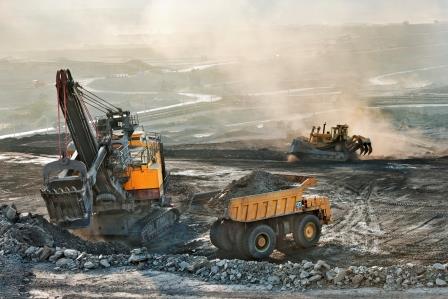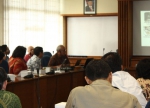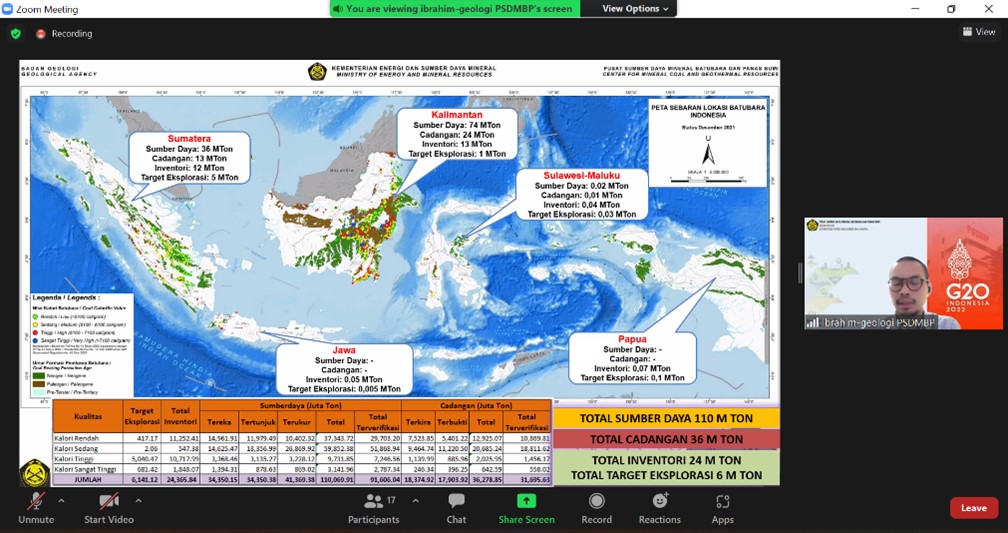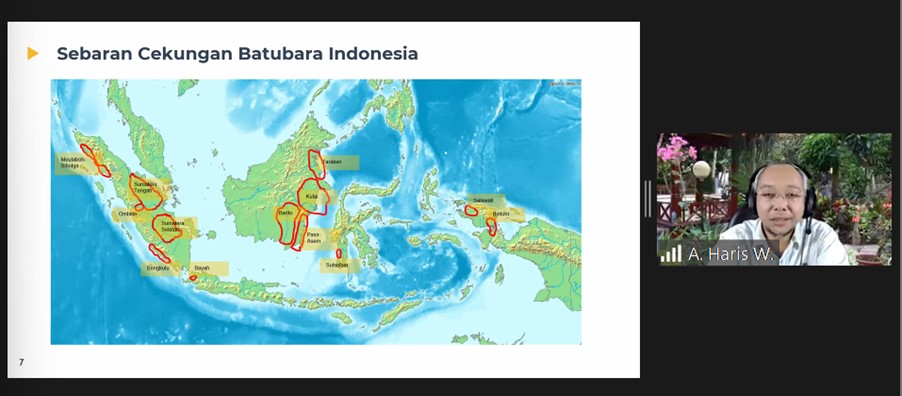Guest Lecture : Coal Downstreaming and Semicokes as Coal Products

BANDUNG, itb.ac.id – ITB’s Chemical Engineering Study Program, Faculty of Industrial Technology organized a guest lecture on the subject of Coal Technology on Tuesday (15/3/2022), discussing the topic of “Coal Downstreaming”. Suprajeni M.M. and M Riza Ridwan J Chairil, the Directors of Megah Energi Khatulistiwa Inc., Ltd. delivered the lecture.
“Coals are rocks formed from organic sedimentation, specifically plant remnants that went through the coal formation process. Its main elements are carbon, hydrogen, and oxygen,” explains Riza during his lecture session. Overall, Indonesia possessed a total of 149 billion tons of resource coal and 37 billion tons of coal reserves. Extractable coals are those within the coal reserves group. Borneo and Sumatra are the two islands with the most abundant resource and coal reserves in Indonesia.
Subsequently, Riza explains the various processes necessary for coal downstreaming effort. The first step, gasification, will produce ammonia and hydrogen from gas synthesis, then followed by the process of coal drying. “This process is important to increase the energy contained within low-calorie coals, as they contain excess water to be evaporated,” he illustrates. The final part is coke making, the heating of coal to create a carbon residue for CO2 utilization.
Riza also introduced a coal product called semicoke. “Semicokes are the product of coal heating in the carbonization furnace. The process comprises limited-air heating, therefore producing oil, tar, coal gas, and semicokes.” Differing from coking coal products, semicokes are made of thermal coal. In addition, semicokes can be applied as an electric arc furnace at the smelter.
To analyze the quality of semicokes, two types of analysis are carried out: proximate analysis and ultimate analysis. The former is used to measure the volume of ash, fixed carbon, and moisture content. The latter’s role is to assess the content of sulfur and phosphorus inside the coal. “The quantity of total moisture inside semicoke coals was influenced by coal grade, distribution size, as well as coal condition during sampling,” continues Riza.
The sulfur and phosphorus levels also affect the semicokes. “Ideally, semicokes should contain less than 0.5% of sulfur as this will impact its performance at the smelter, particularly the iron-based smelter. There needs to be even less phosphorus for semicokes, around 0.035% of the overall content. Superfluous phosphorus will make the iron brittle.
Reporter: Yoel Enrico Meiliano (Food Engineering, 2020)
Translator: Firzana Aisya (School of Life Sciences and Technology, 2021)

scan for download








